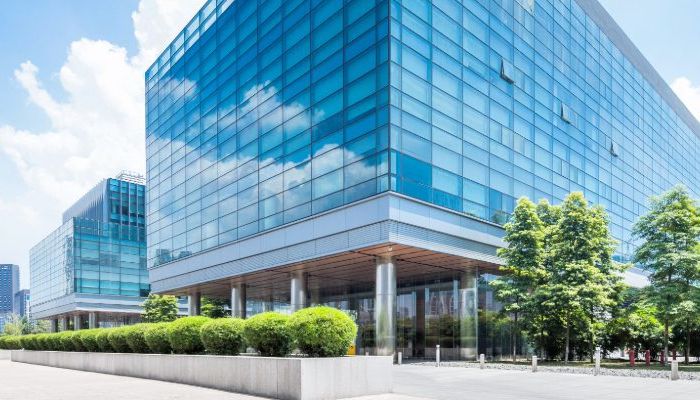Co-working…..remember that idea? If you rewind the clock just 12 months, it seemed like a can’t miss for all the parties involved. A landlord has a building, tenant leases the space, and builds it out with modern design and amenities with multiple separate offices and open collaboration areas, then subleases it to multiple tenants for 3x (or more) the market rates per square foot.
All the while, the tenants/members were happy to have a workplace connected to people with everything needed to be a gig worker or entrepreneur. There was just one problem, a global pandemic that basically discourages being around anyone but your family. Colleagues can no longer collaborate in person. Walking down to the cafeteria has been replaced with going to your kitchen. Impromptu brainstorming sessions that started from a casual conversation getting coffee no longer exist.
There is one fundamental aspect to humans in the workplace that has been driving people for centuries. It is the same basic need of people looking for fulfillment as the evolution of the remote, aka isolated, gig worker emerged in the 2010s. This need had people working remote all over the world looking for an office space full of strangers to sit down and work “with.”
Keeping Employees Safe and Happy
That fundamental human desire is that people want to be around people, even today, in a world full of unknowns. In a recent webcast by FM:Systems titled “People Over Place,” a survey went out to the participants regarding working from home (WFH) vs. working from the office (WFO). The results were pretty telling about how people do want to be around people. Only 18% of the respondents did not list some form of being around people as a primary compelling reason to WFO. There were 21% said they simply wanted some kind of social interaction!

Perhaps you could look up the “impact of social isolation” or “impact of social distancing on mental health,” you will get the idea. The real question for businesses is how do we deal with the fact that we are told for health reasons to be distanced, but at the same time, our people are begging for some sort of interaction with one another? Even the most sophisticated designers, architects, etc. do not have a plan for this. Why would you need a plan for something that happens less often than a 99-year ground lease expires?
The one thing every business should be focusing on now is implementing change management. There are few companies that are not having to decide what the future will look like and implementing some sort of change. In the same webinar by FM:Systems, there was another survey that went out that asked how many are likely to improve the measurement and analysis of how space is being used. In the survey, 69% said they were highly likely or very likely to improve this metric. That does not account for the companies with technology infrastructure being implemented to book a desk, or the way in which cleaning crews will sanitize, or how people will come back in phases. In a lot of cases, some employees may never come back to the office!

Aristotle posed the question, “What is the ultimate purpose of human existence?” It was this question that led him to coin the term eudaemonia, which he conceived as happiness. To have happiness, he concluded that you had to have complete virtue. Care to guess what one of the most important virtues of achieving eudaemonia is in Aristotle’s view? The answer is friendship. Even Ancient Greek philosophers, as long ago as the 4th century BC, concluded that social interaction was necessary for complete and total happiness.
As business leaders and innovators, we must accept the challenge presented and overcome it. People are always going to want to be around people, and it is up to us to figure out what that will look like right now and for the foreseeable future.
“Both management and employees now realize that the use of unified communication tools and results based management can enable many, even most, white collar employees to succeed in working from home at least some of the time. Many questions remain: what’s the right balance between the two? How many days a week? Will productivity drop off once fear of pandemic-related layoffs recedes? And what are the potential downsides in loss of trust and impaired collaboration due to lack of face-to-face communication and interaction?”
– Michael Gresty, VP of Workplace Analytics, FM:Systems
The drop in workplace use driven by the COVID-19 pandemic has resulted in a universal inquiry into the future of the office. Every organization will need to re-tool their corporate real estate and facilities management and workplace performance indicators to be more employee-centric.
Download our latest e-book to learn how employee-centric workplace strategies and the new performance indicators that will need to be used to measure the success of them.
Written by: Ben Finney, Director of Analytics at FM:Systems











